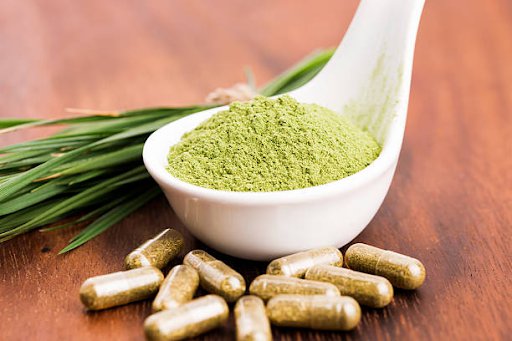Exploring the Therapeutic Benefits of Kratom – Can It Help You?
Kratom, a tropical tree native to Southeast Asia, has recently garnered attention in the wellness community due to its potential therapeutic benefits. However, as kratom gains popularity in Western societies, questions about its efficacy, safety, and legality are rising. At the core of kratom’s appeal are its alkaloids, particularly mitragynine and 7-hydroxymitragynine. These compounds interact with opioid receptors in the brain, which is why many people report experiencing pain relief, similar to the effects of opioids like morphine. This interaction makes kratom a potential natural alternative for managing chronic pain, especially for those who want to avoid prescription painkillers due to their addictive nature and severe side effects. For example, some individuals with conditions such as arthritis or fibromyalgia have turned to kratom as a way to manage pain more naturally. Unlike prescription opioids, which can lead to significant addiction and overdose risks, kratom is often considered milder, although it still comes with its own set of concerns.

In addition to pain management, kratom is also touted for its ability to enhance mood and alleviate anxiety and depression. Low doses of kratom are said to provide a stimulating effect, which may improve energy levels, focus, and guide to kratom, making it a popular option for people looking to boost their productivity. In higher doses, kratom can produce sedative effects, helping users relax, reduce stress, and even improve sleep quality. This has led some to explore kratom as a natural supplement for managing mood disorders or as a way to combat fatigue. However, while kratom’s benefits seem promising, there are concerns regarding its safety and potential for abuse. Furthermore, because kratom is not regulated, the quality, potency, and purity of products available on the market can vary widely. This inconsistency can increase the risks for users, especially when products may be contaminated with other substances. Although kratom is not considered as addictive as traditional opioids, regular users have reported experiencing withdrawal symptoms such as irritability, insomnia, muscle aches, and mood swings.
These effects highlight the need for caution, particularly for individuals who may be prone to addiction or dependency. Given the mixed perspectives on kratom, anyone considering its use should approach it with caution. It is important to consult with a healthcare professional, especially if you have preexisting conditions or are taking other medications. While some people may find relief from pain, anxiety, or other issues through kratom use, the lack of regulation and the potential risks associated with its use cannot be overlooked. Another area of concern is the potential for withdrawal symptoms. In conclusion, kratom’s therapeutic benefits remain a topic of debate. While many users report positive effects, including pain relief, improved mood, and increased energy, the concerns about safety and addiction make it essential to approach kratom with care. As more research is conducted, the full extent of its potential and its risks will become clearer. For now, understanding the balance between potential benefits and dangers is key for anyone interested in exploring this herbal remedy.
